3 Must-Visit Places in York
Last updated: 13 October 2021
We’d always heard that York is a stunningly beautiful walled city in England, but we’d never been there! So for our second wedding anniversary, we decided to make a short trip down to York!
York is approximately 2.5 hours south of Edinburgh by train, so it’s quite an easy destination to get to. We are not big ‘museum’ goers, so spent most of our time just wandering along, turning off onto random side streets, and poking our heads into shops. It helps to make holidays more budget-friendly too!
With that said, here are our must-visit places when in York!
1. York Minster
York Minster is always on the top of the list of must-visit places in York, and for good reason! It is a magnificent cathedral! Its full name is the Cathedral and Metropolitical Church of St Peter and it is the seat of the Archbishop of York as well as the main church for the Diocese of York and the Province of York. York Minster is also the second largest Gothic cathedral in Northern Europe, with construction having been started in 1230.
Different parts of the cathedral were built at different times, leading to very different styles of rooms inside. However, these differences can’t be distinguished from the outside!
There is some very impressive stained glass inside York Minster, including the Great West Window, the Rose Window, and the Five Sisters Window.
We highly recommend going on a guided tour of the cathedral as it provides so much in-depth information about the different areas of the cathedral that you wouldn’t otherwise learn. The tours are included in the admission fee, run every hour, and last approximately one hour, though ours ran over for an extra 15 minutes!
Another thing we recommend doing is climbing up the Central Tower, which offers lovely 360 degree views of York. Fun fact: The Tower of Pisa can fit inside the Central Tower, which was built between 1220 and 1253.
At timed intervals, groups are allowed up to the top and back down before the next group is allowed to go. It’s 275 steps up to the top, but be warned, it is not for the claustrophobic! The walk up consists of two sets of very narrow spiral staircases separated by an outdoor walkway, allowing for a breath of fresh air.
The narrow staircases are exactly why groups are only allowed to go at timed intervals - there isn’t room for anyone to pass!
The last place to visit in York Minster is the Undercroft Museum, which sits beneath the cathedral. Roman remains were discovered there when it was realised that the foundations of York Minster were loose and the whole building might topple over! You can also learn about York’s Viking connections at the Undercroft Museum.
While we did mention earlier that we are not big ‘museum’ goers, York Minster is definitely an exception. York Minster’s website indicates that it costs a whopping £23,000 a day to run the place! And the admission fee you pay directly supports the running of the cathedral. All in all, we spent a good few hours inside York Minster, and had an amazing time.
Address: Deangate, York YO1 7HH
Hours: 09.30 - 15.45 (Monday - Saturday), 12.45 - 14.45 (Sunday)
Price: Minster only: £12.00 per adult/senior, £9.00 per student; Minster and Tower: £17.00 per adult/senior, £14.00 per student
2. The Shambles & Surrounding Streets
A very old street, the Shambles is likely the most famous street in York, complete with overhanging buildings and what we can only describe as a ‘cartoony’ look.
The Shambles used to be a meat market (which is where the name Shambles came from), so it was full of butchers displaying their meat outside. Some of the buildings are from as long ago as 1350. Now, no butchers remain, and instead, it is a mix of tourist and boutique shops. There are also about four Harry Potter shops, which is a bit too many, in our opinion.
It’s nice to just wander and walk into the wee boutique shops to see what they sell. It’s also nice to turn off onto a side street and get lost on purpose. There are many other shopping streets around the Shambles, including Stonegate, Davygate, and Coney Street.
Supposedly, the Shambles was the inspiration for Diagon Alley in Harry Potter (which would explain all of the Harry Potter shops), though there are also claims that Victoria Street in Edinburgh was the inspiration for Diagon Alley.
Personally, we feel that the vibrant colours of Victoria Street do resemble Diagon Alley, but the often crooked door frames and general funkiness of the architecture of the Shambles also resembles Diagon Alley, so perhaps both were the inspiration!
Address: Shambles, York YO1 7LX
3. Walk Around City Walls
York has been a walled city since Roman times, and with most of its walls still standing, York has the most intact walls in England. There are four main gatehouses (often called ‘bars’) that you can find as you walk around: Bootham, Monk, Walmgate, and Micklegate.
As the pathways around the city walls are raised, you get a nice, elevated view of the city and surrounding areas. It’s nice to walk around and imagine what life may have been like when the walls were in use.
Address: Unnamed Road, York YO1 7LJ
BONUS: Guy Fawkes Inn
Really close by York Minster is the supposed birthplace of ‘notorious plotter’ Guy Fawkes.
In case you don’t know who he is, he was born in 1570 and later became involved with a group of English Catholics who wanted to assassinate the Protestant King James in order to restore a Catholic head of state.
The group conspired to blow up the House of Lords with gunpowder - later known as the Gunpowder Plot. They’d purchased a lease to an undercroft (like an olden-day basement) right under the House of Lords, and the gunpowder was moved in there.
They were caught because an anonymous letter was sent to Parliament tipping them off about the Gunpowder Plot, and the gunpowder was discovered on 05 November 1605 with Guy Fawkes guarding the load. Despite this being a group effort, Fawkes is most synonymous with the failed Gunpowder Plot.
After being tortured, Fawkes was convicted of high treason so his penalty was to be hanged, drawn, and quartered, as they did back in the day in England. He managed to break his neck while climbing the ladder to be hanged, but his body was still quartered and parts were sent to the four corners of the UK to warn other potential traitors of the consequences.
In the UK, every 05 November is Guy Fawkes Night, or Bonfire Night. This is because on the night that the Gunpowder Plot was discovered, people were encouraged to celebrate King James’ escape by lighting bonfires.
You’d probably recognise the Guy Fawkes mask from the movie V for Vendetta and/or the online group Anonymous. It’s not completely clear if Fawkes was in fact born in what is now Guy Fawkes Inn, but he was christened at St Michael le Belfrey Church, which is opposite the Inn, so it is entirely possible.
Address: 25 High Petergate, York YO1 7HP
Have you ever been to York? If not, does it sound like a destination you’d add to your bucket list? Let us know in the comments!
You might also like…
Have you checked out our YouTube channel?
We also have an accompanying YouTube video about York! Be sure to check it out and subscribe to our newsletter and YouTube channel if you haven’t done so already!

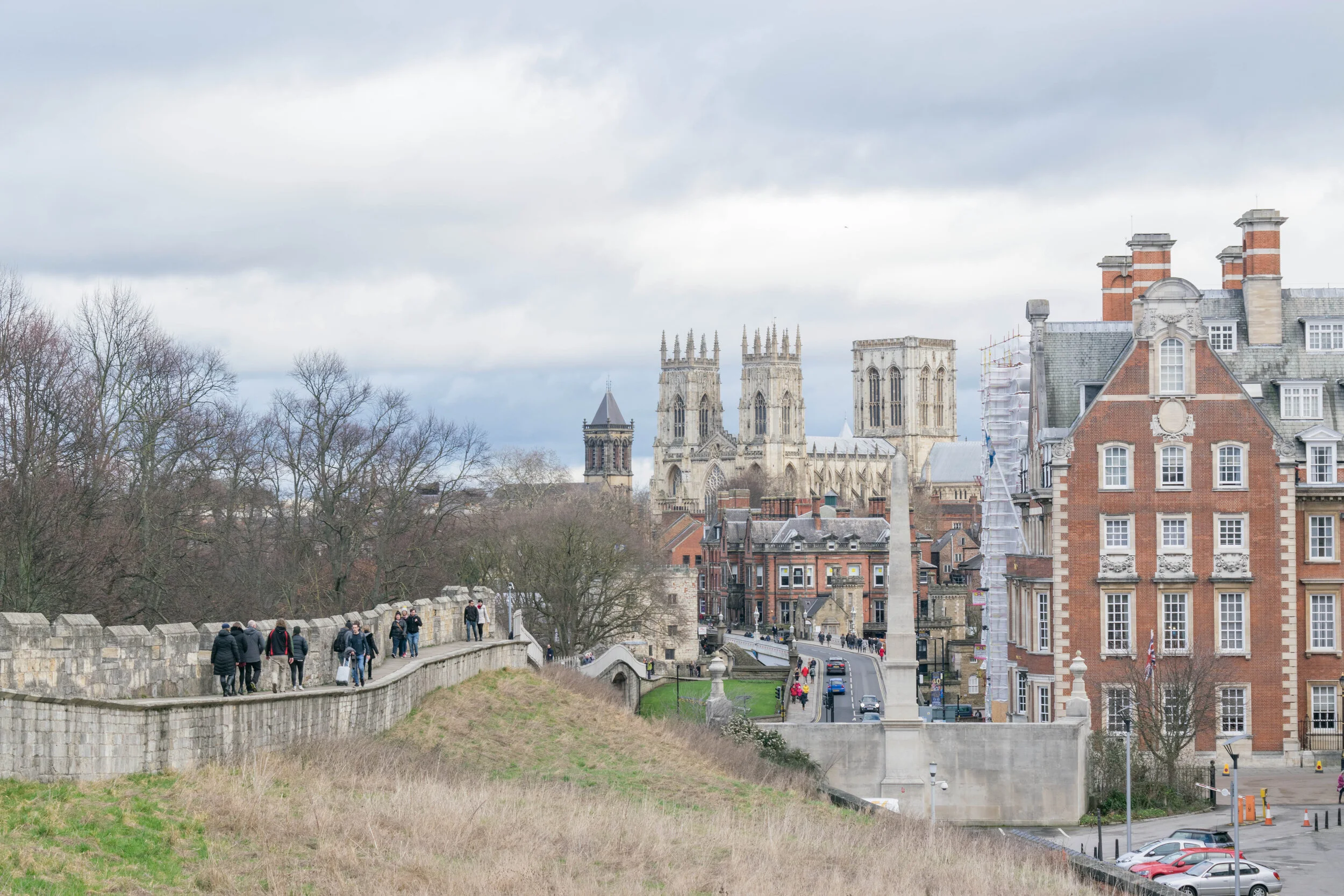

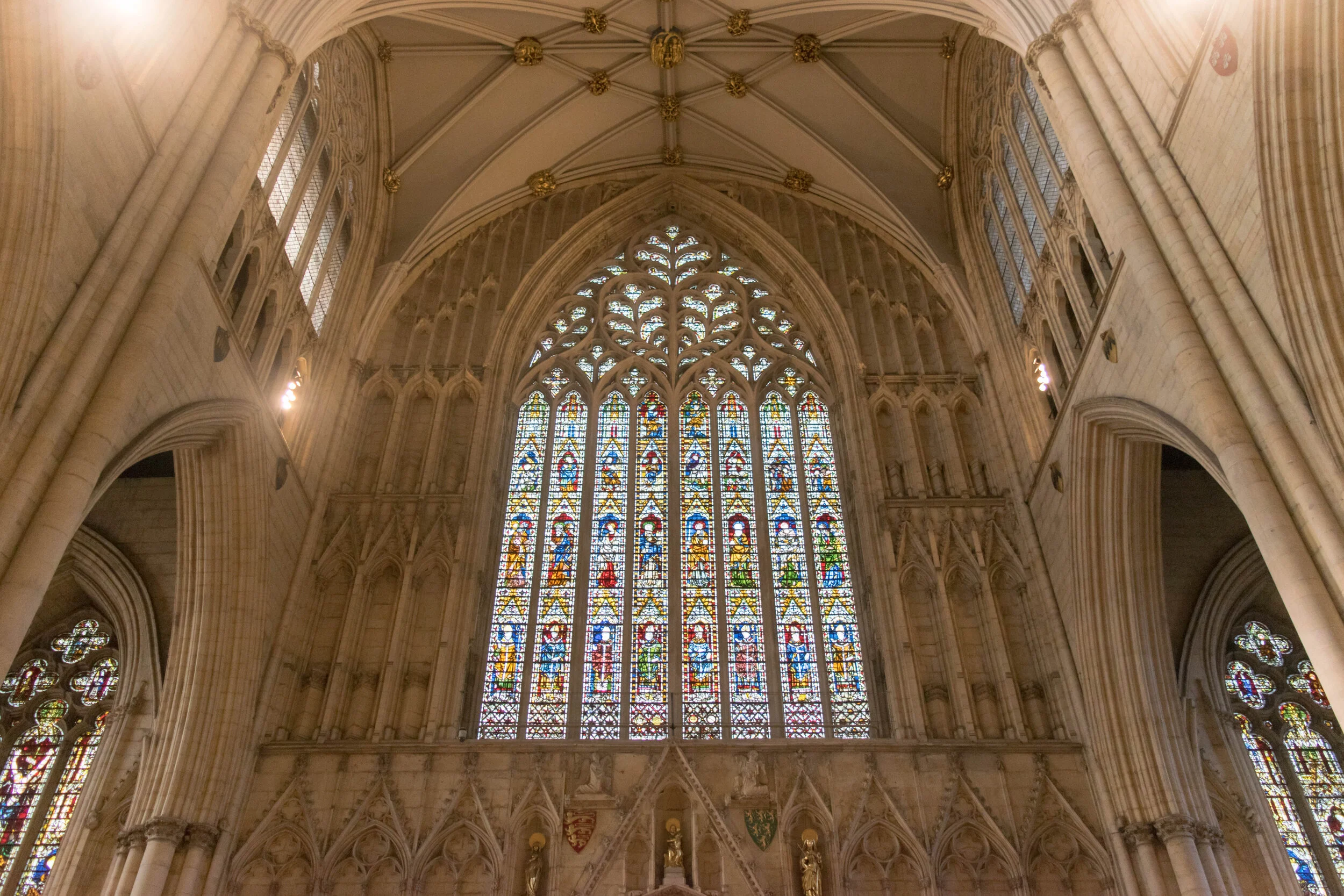
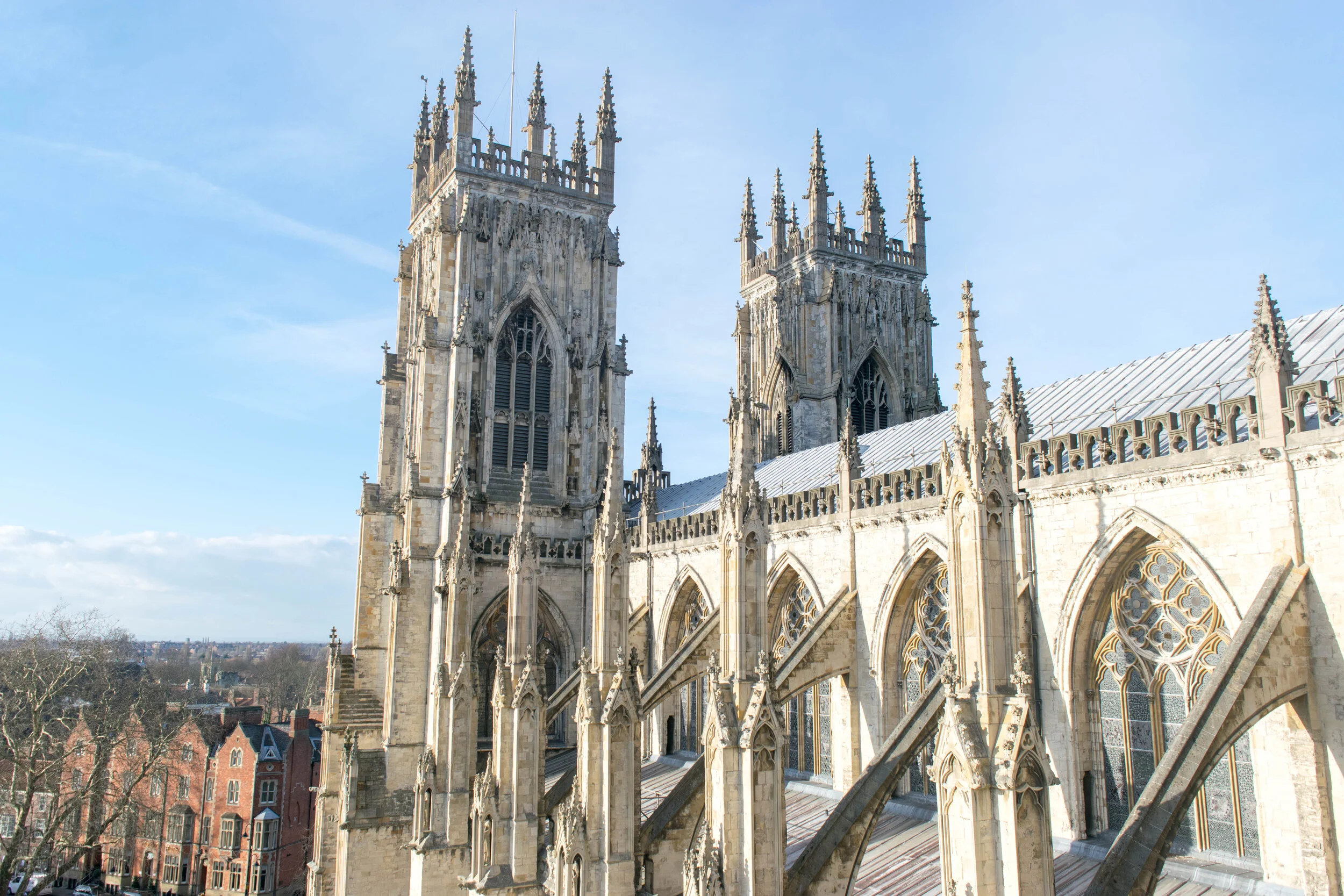
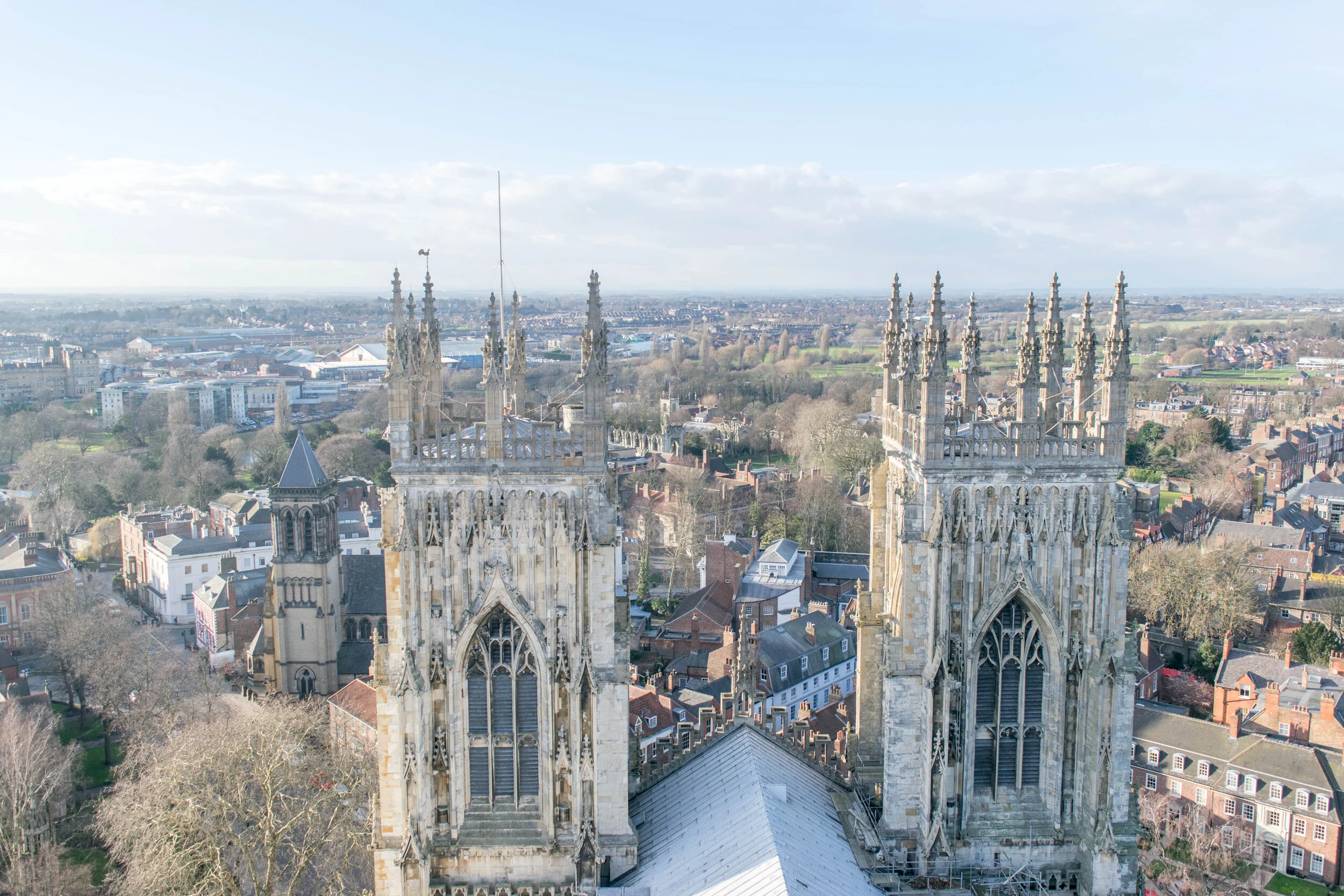
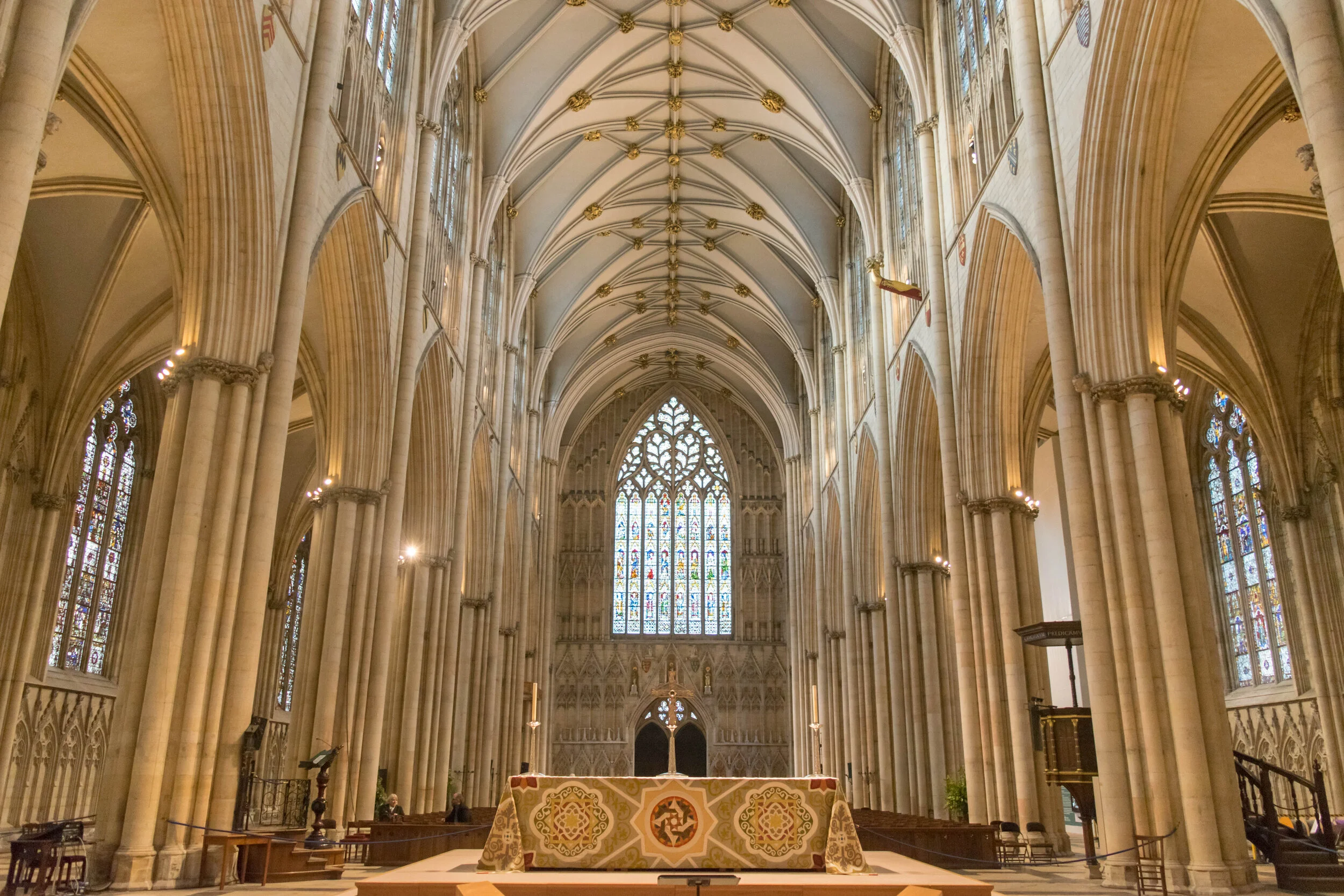
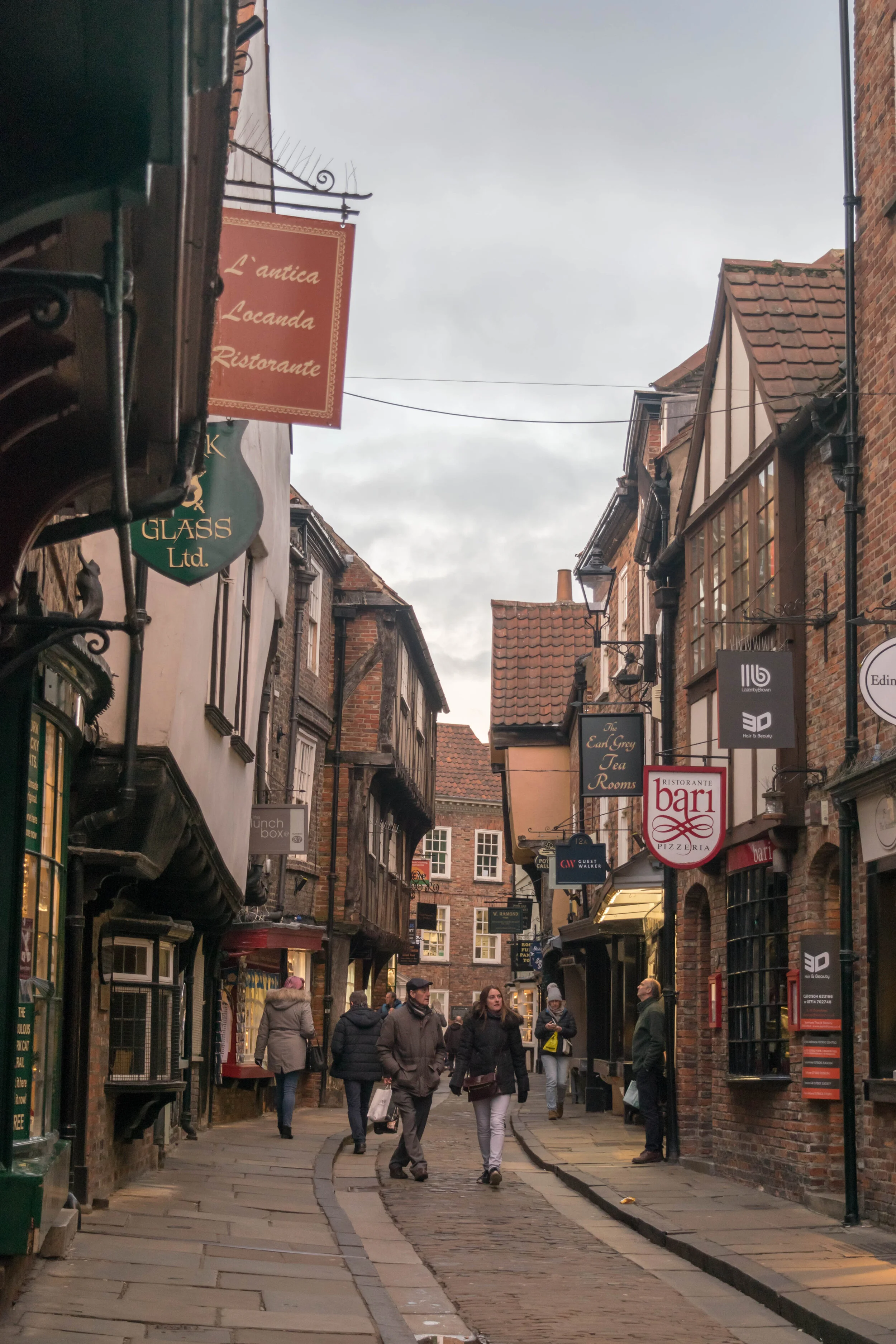
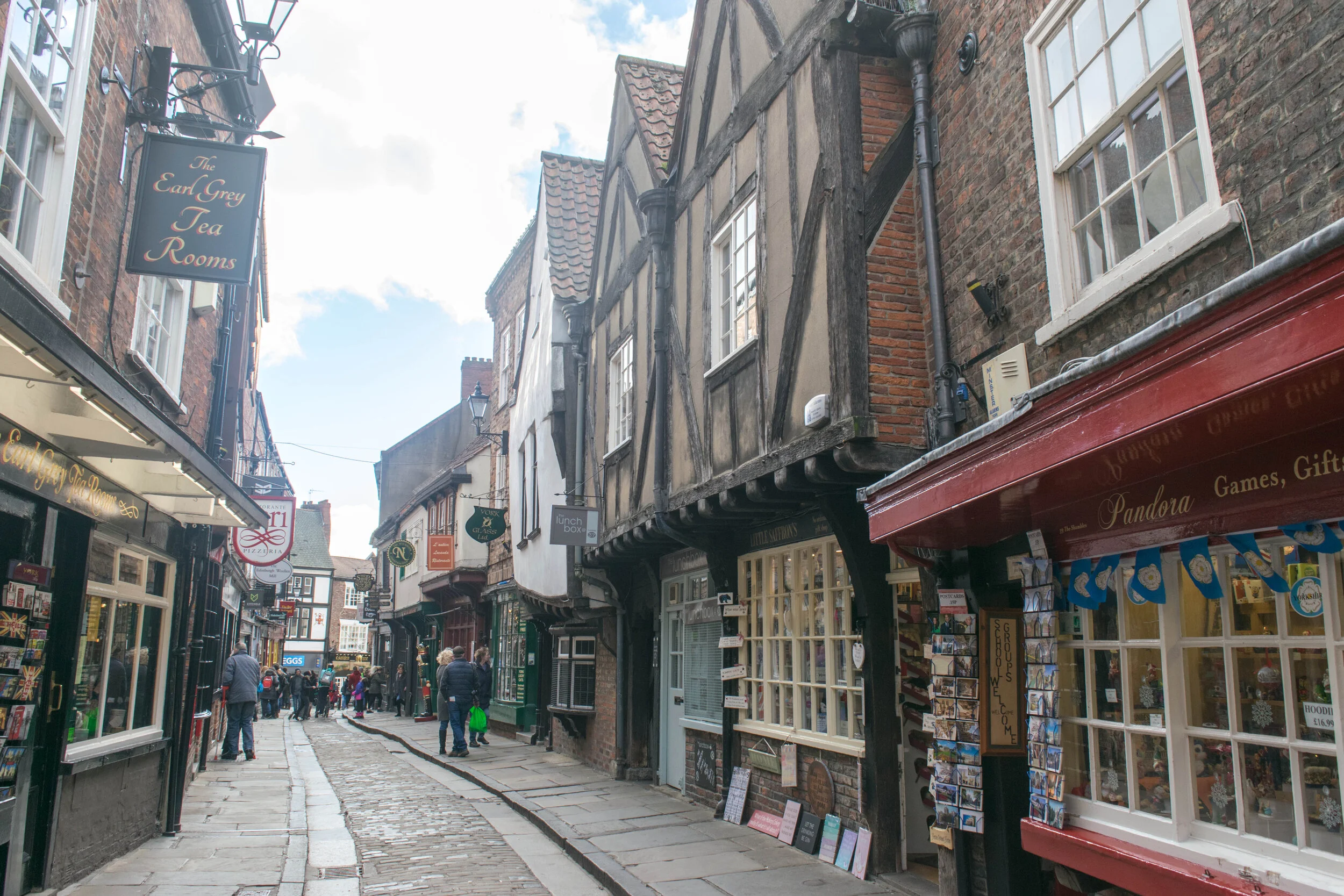
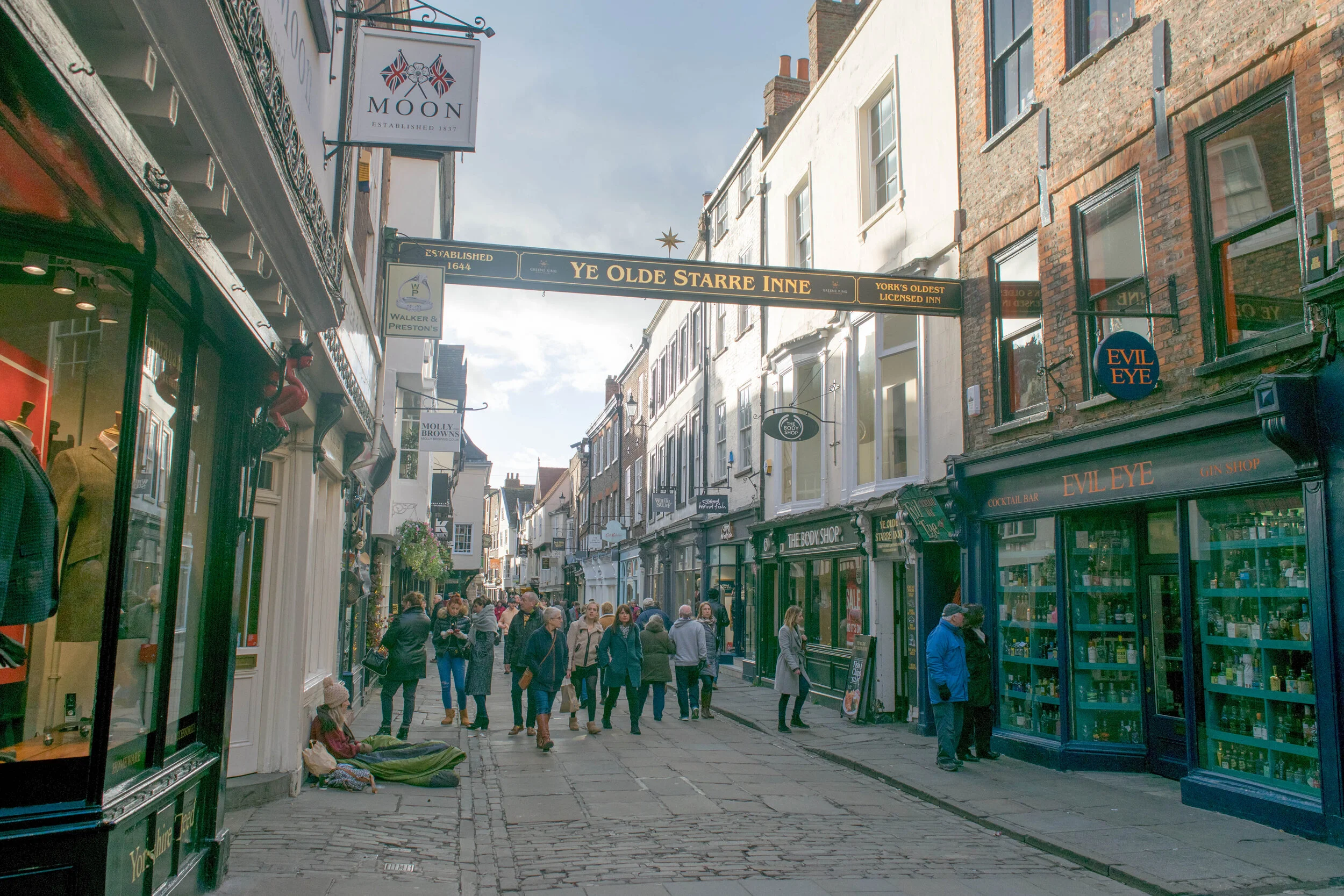

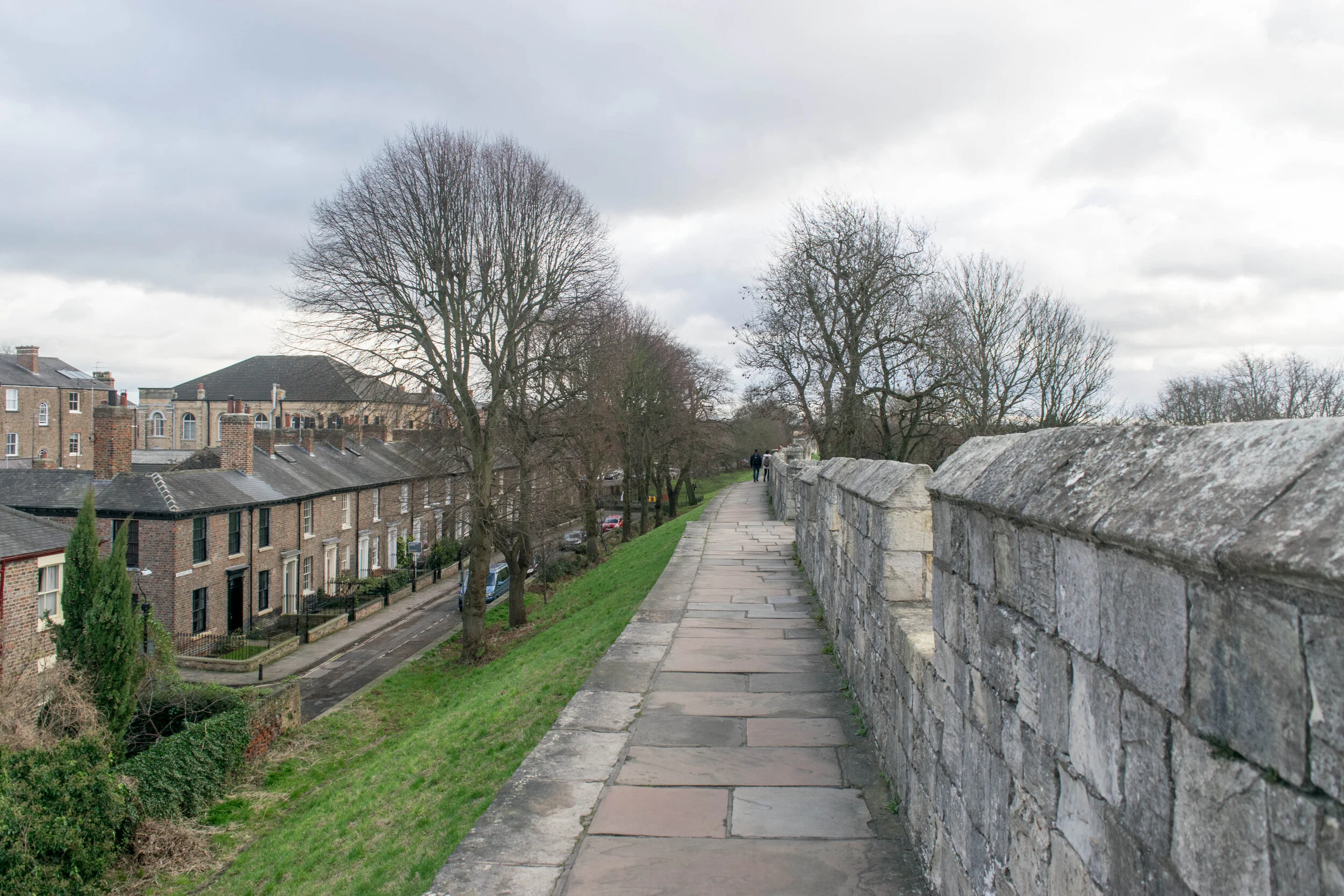
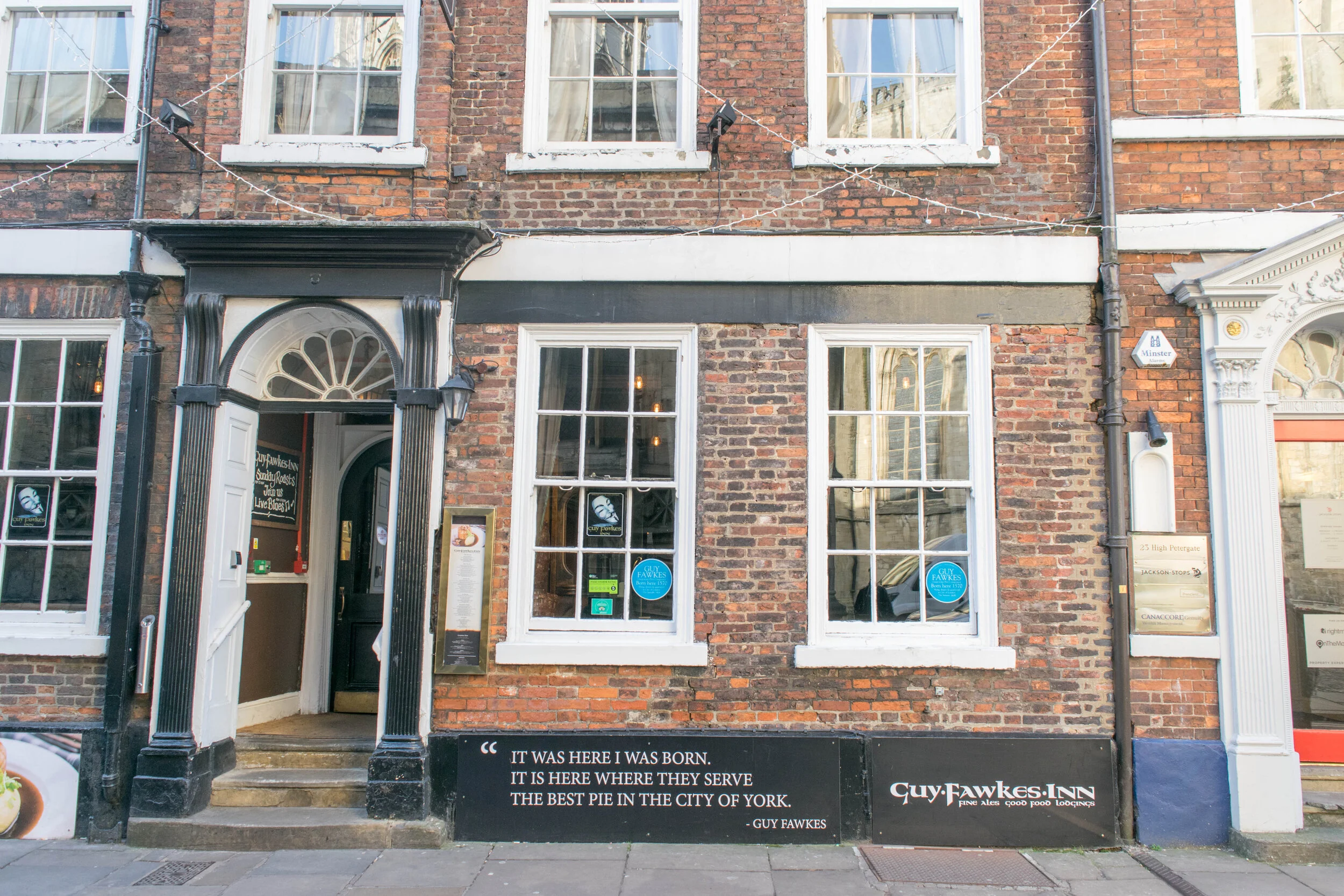



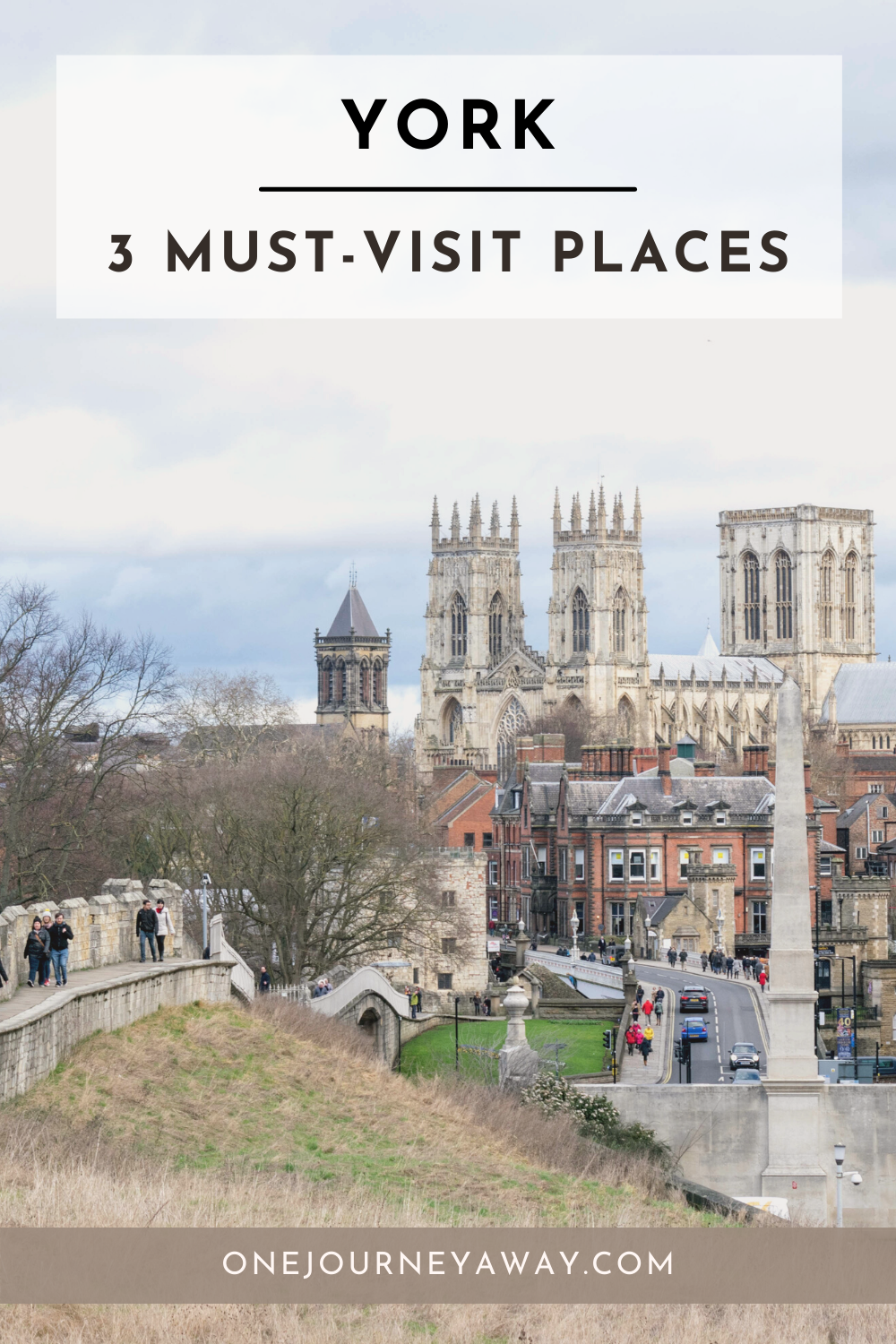
Find out what we deem to be three must-visit places in the beautiful walled city of York, England!